IN HISTORY
1979 EL-8152 Ultra-thin Credit Card-size Calculator
“IN HISTORY”: The history of Sharp and design – A joint project with Sharp Technology Innovation Museum commemorating its 40th anniversary
Hello, my name is Nakatani, and I am from the Sharp Technology Innovation Museum. This is a series in which Sharp Museum guides myself and Fujiwara talk about Sharp products and history. I hope this will be an opportunity for you to get you interested in Sharp’s history.
This story is about an ultra-thin credit card-size calculator, EL-8152.
Is it technology or is it art?
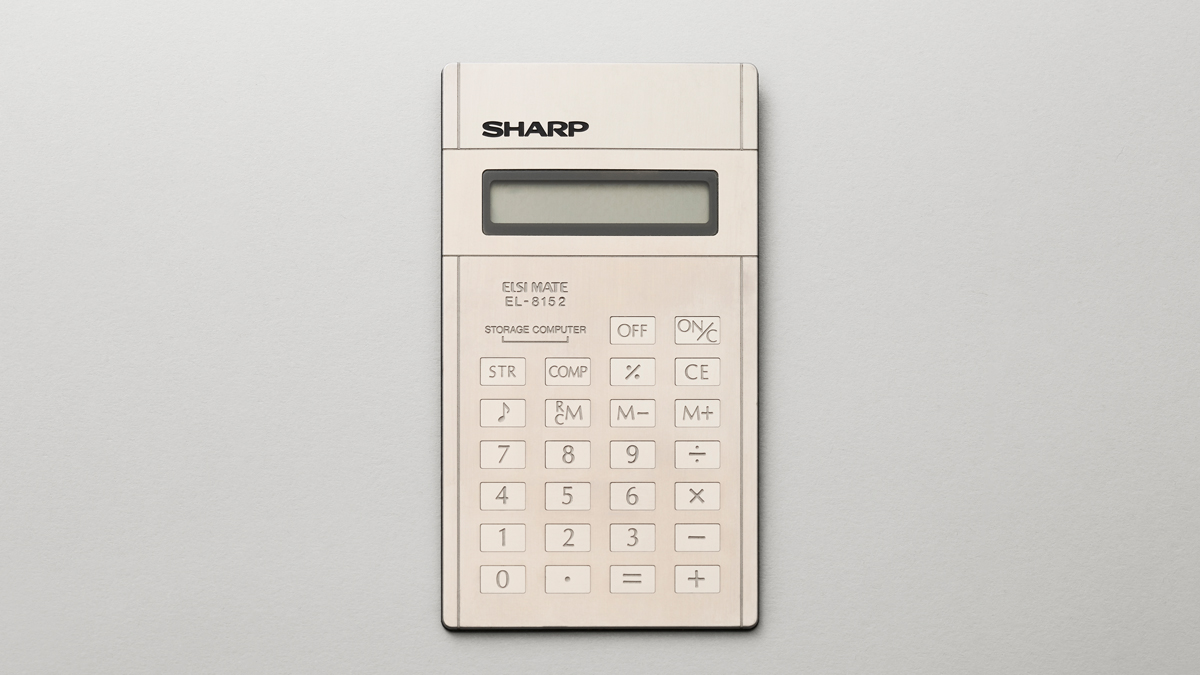
A thin and beautiful credit card-size calculator highly regarded worldwide
At 1.6 mm thick, it was the thinnest credit card-size calculator in the world at the time.
The keys are made of stainless steel, giving it a sparkling and delicate impression.
This calculator was selected for permanent preservation by the Museum of Modern Art (MoMA) in New York City not only for its thinness but also for its beautiful design. The price of the product was \7,900. At the time, the “credit card calculator” category was popular, and companies were competing to see how thin they could make their calculators.
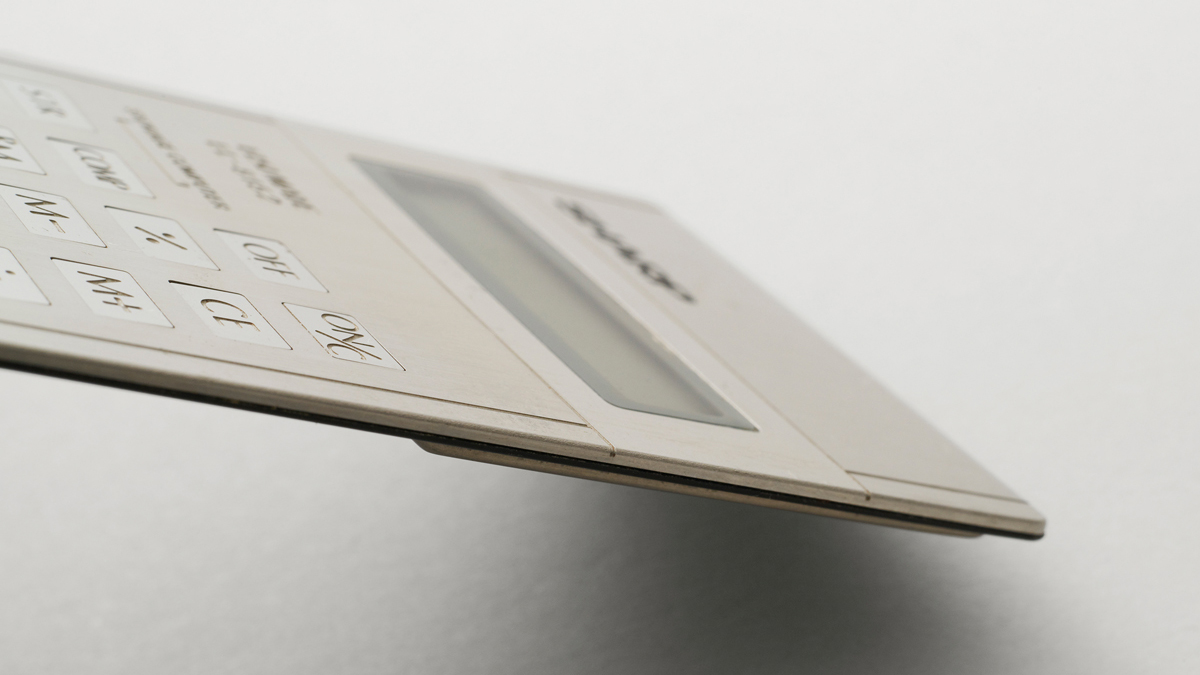
An astounding history of technological development that continues to this day
Needless to say, calculators are now used in various situations all around the world, but if you could recall, the first calculator in Japan was the world’s first all-transistor diode calculator, the CS-10A, developed by Sharp (then Hayakawa Electric Industry) in 1964, which was as big as a cash register.
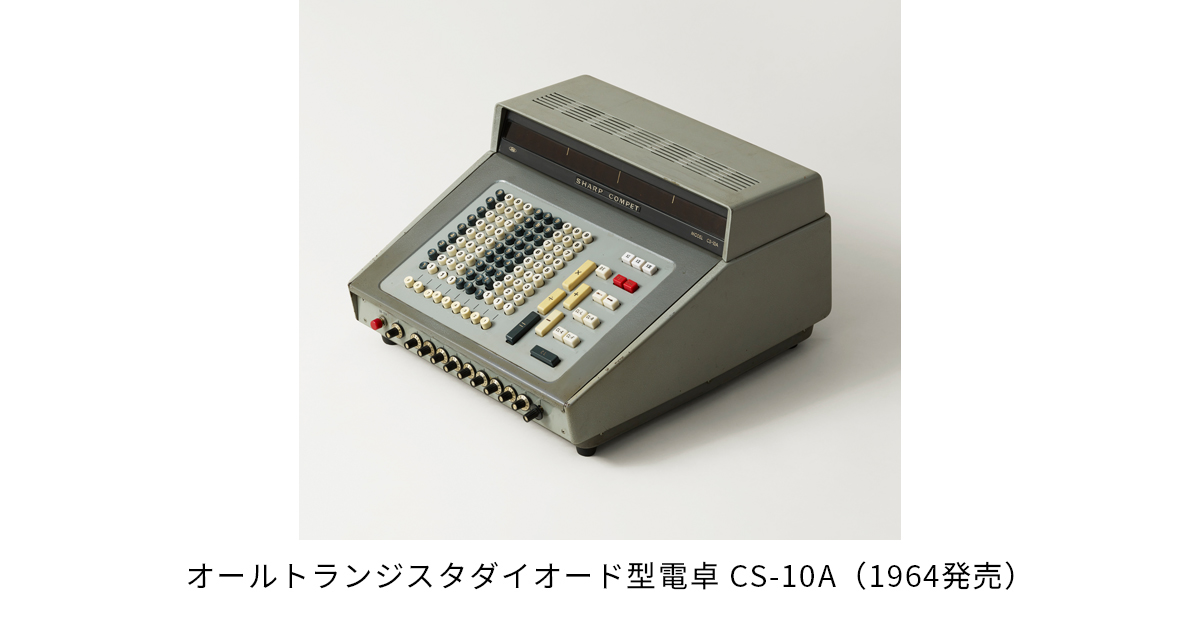
With the advent of the world’s first all-transistor calculator, between 30 and 50 manufacturers of electronic equipment, office machines, and measuring instruments entered the calculator market from the late 1960s to early 1970s. This fierce competition, known as the “calculator wars,” led to intense price competition and technological innovations that would go down in the annals of world industrial history.
In fact, the market grew at a phenomenal pace, with computing components evolving from transistors to ICs, LCIs, and then ultra LSIs, and Sharp developed liquid-crystal displays (LCD) and solar and button-less technologies, which in turn led to Sharp entering the race to reduce the thickness of devices that compete on a scale of 0.1 mm from pocketbook size to business card-size to credit card-size. When semiconductor and production technologies, price reduction, miniaturization, weight reduction, power saving, and other innovations reached their limits, calculators that were once the size of cash registers achieved ultimate miniaturization, being reduced to the size of credit cards in a matter of 10 to 15 years.
ICs were used in large quantities in calculators in Japan, and this fostered the semiconductor industry while simultaneously giving birth to the microprocessor and the LCD display. The calculator wars in Japan also resulted in giving a significant boost to the history of computers.
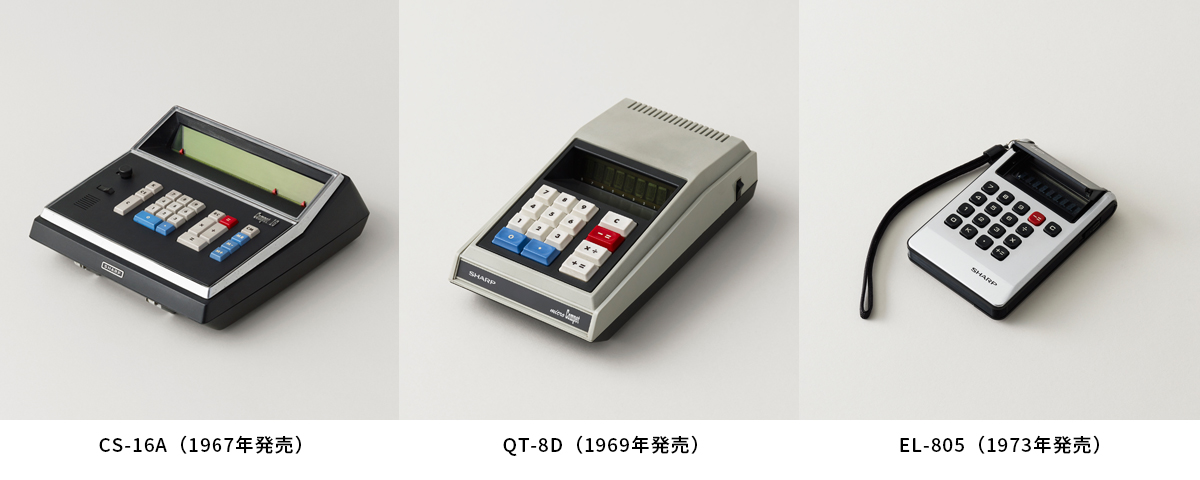
Feeling the enthusiasm of the engineers at the museum
When I see all the calculators lined up in front of me at the museum, I cannot help but think of the engineers back then who boldly tackled one technological hurdle after another. Each calculator is the materialization of those developers’ enthusiasm.
The echoes of their passion can be felt to this day.
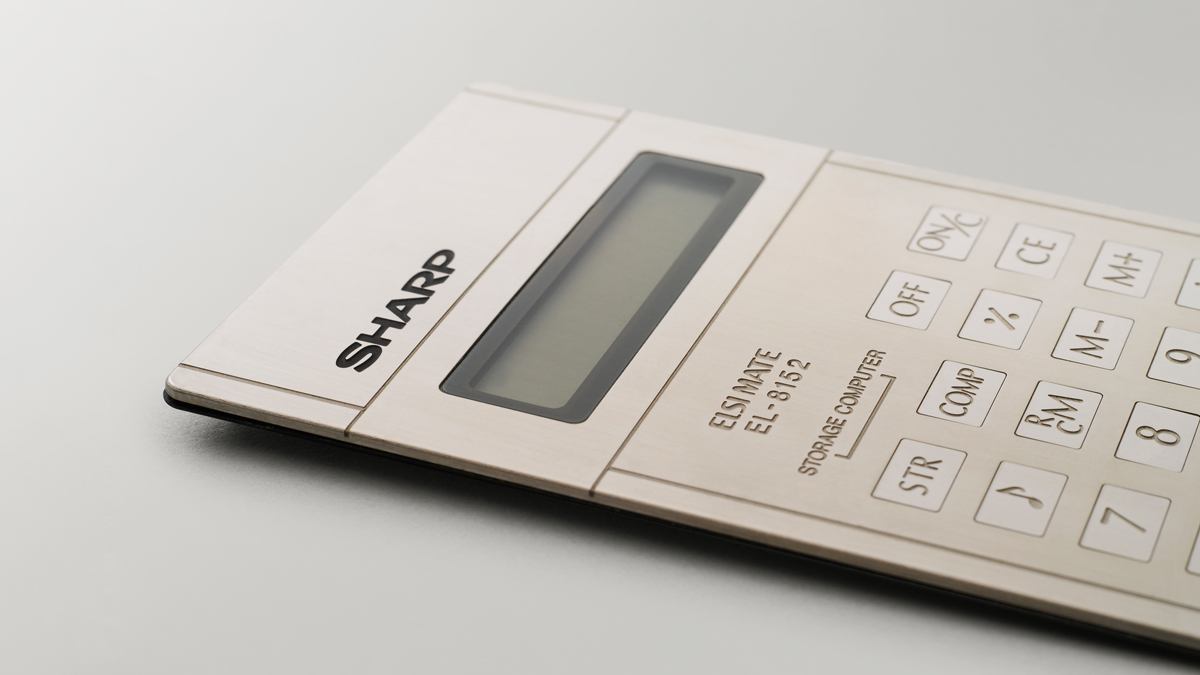
That’s all for this time! In the next article, we will introduce water-cooled air conditioners.
[Sharp Museum: Commemorating its 40th anniversary in November 2021]
This is a series written by Sharp Technology Innovation Museum guides Fujiwara and Nakatani about Sharp products and history. We hope this will be an opportunity get you interested in Sharp’s history.